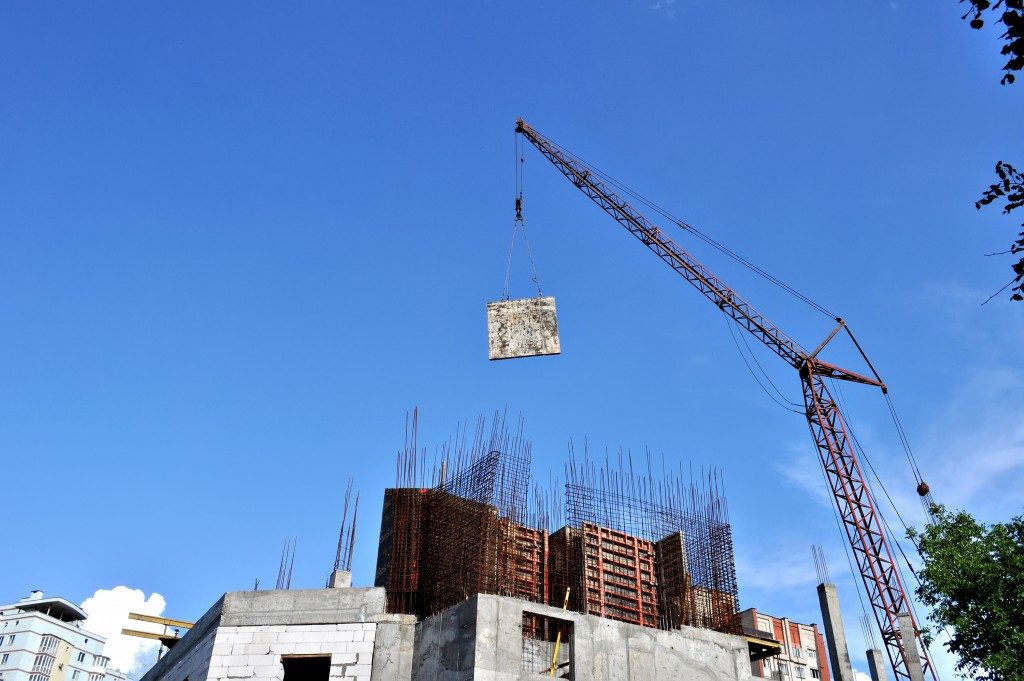Void formers are materials used in foundational engineering. Professionals place these lightweight structural concretes in areas where they work. They prevent the occurrence of clay heaves. Rigid enough to carry wet concrete and steel, they come in two forms: full or honeycombed.
In foundational engineering, engineers create gaps (or void spaces) to create buffer zones or space to separate soil and concrete. This helps eliminate pressures to the foundation, like uplift. Typically, professionals use formers, like polystyrene and cardboard void formers, to fill such gaps.
Void formers may be standard yet ordinary fixtures during foundational work, but their value extends beyond utility. They are inherently sustainable materials. They also drive efficiency in construction.
Sustainable
Formers are simple solutions to prevent many structural issues. A slab that has a gap below induces expansive soils to fill the space ensuring that forming heaves are reduced significantly. More so, before placing concrete, raised slabs will either avoid water or the surface water won’t have an impact in any way.
Void spaces also permit a construction project to build over soils that are not well compacted and those that have not undergone testing. It also can be built over unique soil properties that may hinder the construction of foundations. Even with the use of grade-supported structures over not adequately compacted soil, gaps lessen the structural issues.
In construction, the spirally wound sheet metal was an early type (as permanent structure) of formers. But the water filling the voids was a constant problem despite providing it with drainage holes. Newer types, however, are far more lightweight and cost-efficient to manufacture and delivers quality results.
The expanded polystyrene (EPS) former, for instance, is consists of small closed cells, making it especially less porous. Other types of formers like those made of timber frames and cardboard are super lightweight and even less costly to purchase.
Efficient

Void formers as fill materials contribute largely to the on-time completion of projects. Current fill materials in place of traditional soil fill are more helpful in terms of construction efficiency.
First, engineers can utilize them in place of other mechanical technologies. Second, they can use them in any condition, be it soil, area, and weather. Lastly, they reduce or eliminate formwork as professionals can pour concrete and soil into them directly, like EPS.
EPS and cardboard formers earn their reputation for their efficiency. As a lighter fill alternative to soil, EPS and cardboard are growing in use in many construction projects, whether they be in industrial or residential settings.
Cardboard former is top in procurement and transportation. The strength and flexibility of EPS aid project managers to solve issues on the effectiveness of construction materials used in sites. They are easy to cut using either a hot wire or a hand saw. Both formers reduce a structure’s lateral load as well as dead loads over utilities. They also remediate soft soil and stabilise slopes.
Void formers are indeed simple construction materials with an array of benefits. From site conditions to project time frames, formers deliver. They are also sustainable because of being lightweight and their cost-efficiency. They drive efficiency towards the success of a construction project.

